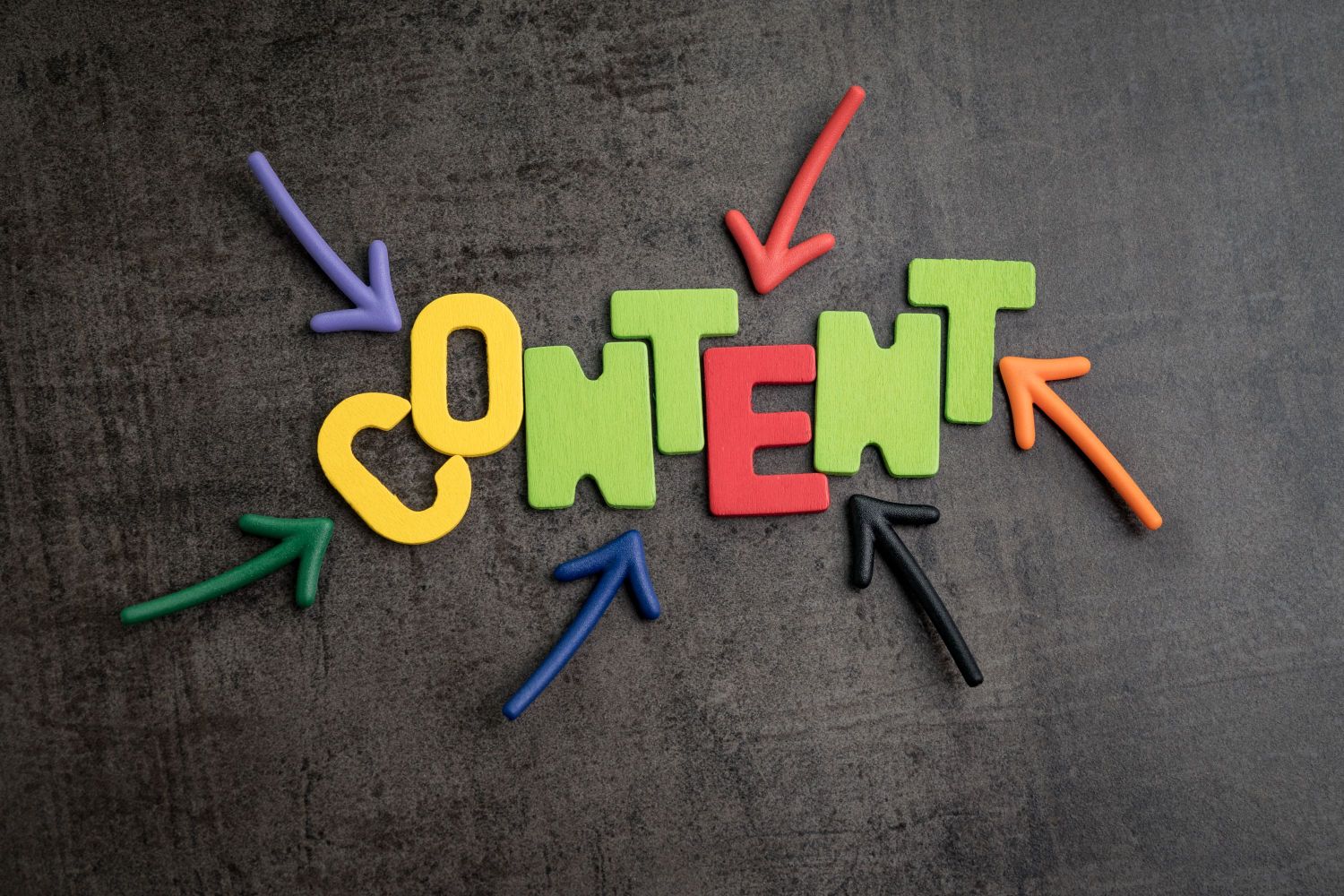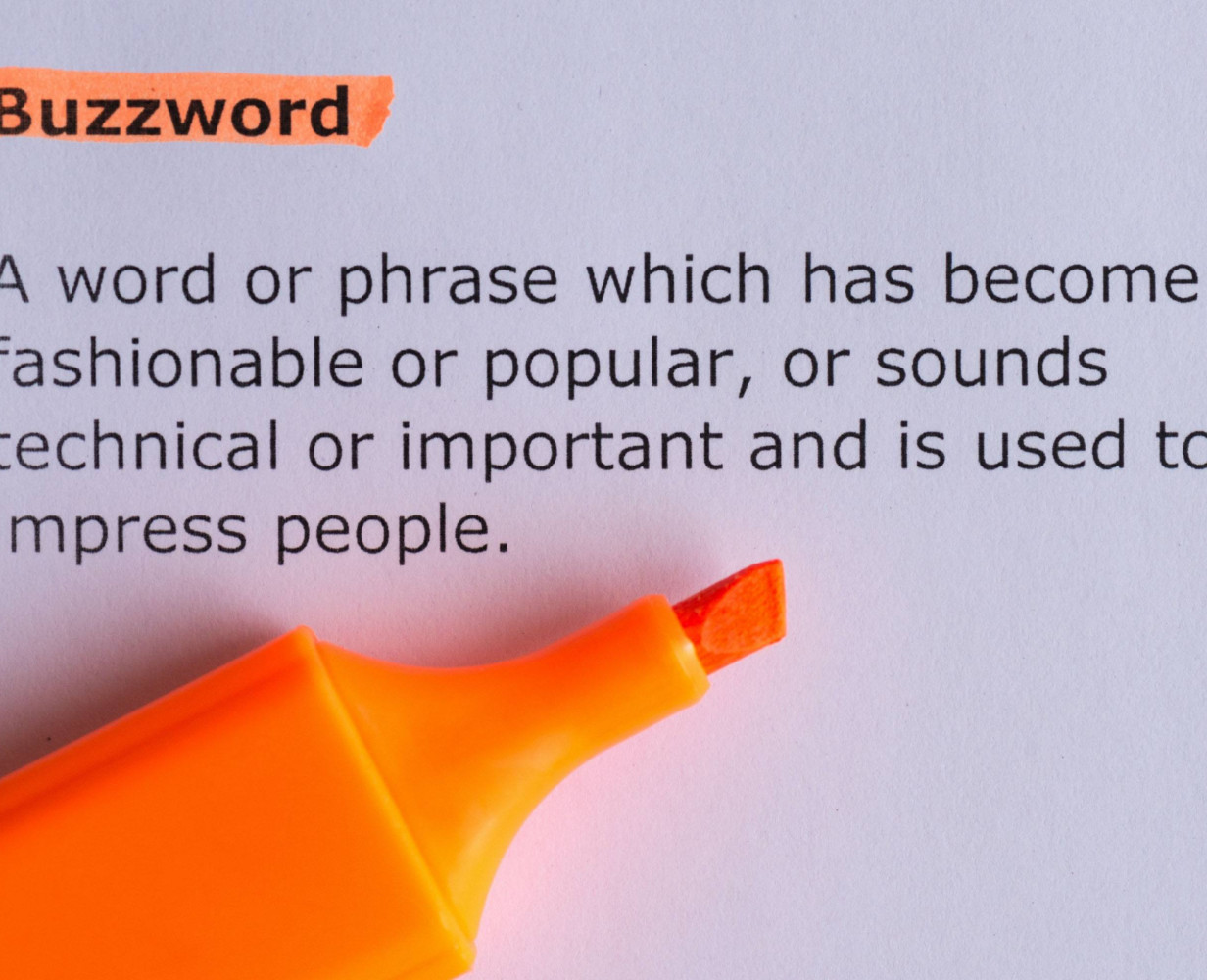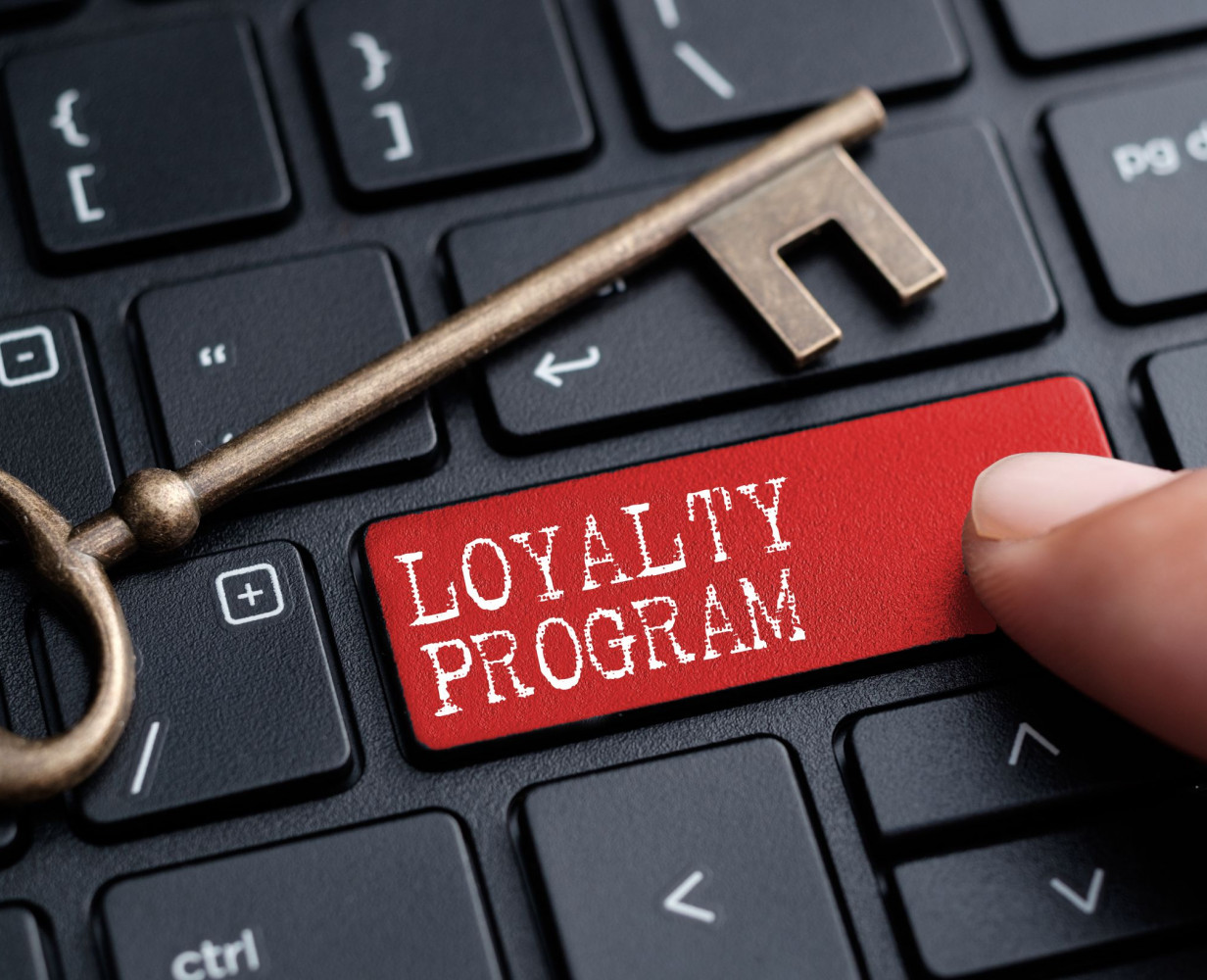I can guess what you’re thinking. “Why do I need to know about content activation? I get it! Content is king!” This was certainly the mantra that drove marketing teams over the past decade as social networks and other digital platforms cemented their place at the top of the mountain in modern marketing. Agencies and internal marketing departments became content machines, churning out articles, infographics, and social content as fast as they could post it.
And let’s be clear, they weren’t wrong. Content is key but, in the race for content supremacy, the true goal was lost in the melee. What marketing teams across the globe had forgotten, or not yet realized, is that engagement is king. It’s what gives content its value. Consistency and volume is definitely part of it, but the shotgun approach can only get you so far and will inevitably result in wasted resources. This is where content activation comes in.

What is Content Activation?
At its core, content activation is really a shift in marketing philosophy that defines itself in opposition to what came before it, namely passive content marketing. Whether you know it or not, it’s likely that the content that underpins your marketing is passive content. Most content is. So, to understand what content activation is, let’s first take a look at what passive content is and why too much of it can a problem.
Passive Content
Passive content is exactly what it sounds like. It’s content with a one-way relationship with the consumer. It doesn’t drive the customer journey to the next step. It doesn’t require any interaction from the user. It lets whoever is looking at it take the wheel. This can be due to the format of the content itself or the context in which the user interacts with it.
Let’s be clear here. There is nothing inherently wrong with passive content. eBooks, whitepapers, slide decks, and other examples of classically-passive content are important parts of a content marketing strategy, particularly at the awareness stage. The issue arises when passive content is the foundation of your entire campaign.
Activated Content
Content activation involves applying a completely different perspective to your marketing strategy. Where passive content hands users the wheel, activated content picks up where passive content leaves off and drives customers on dynamic, customized journeys that are tailored to keep them engaged.
In short, content activation is a proactive approach to marketing that does away with one-size-fits-all content and puts the customer journey at the core of how content is delivered. This makes for better experiences for your customers and, in turn, less wasted content and much higher returns on ROI. The goal is to get users into your content ecosystem and keep them there, by actively sending them to the next piece of relevant content, creating a symbiotic relationship as you guide them towards the point of sale.

Content Experiences
As you may have noticed, there is a word that comes up a lot when discussing content activation: experiences. Building distinct, adaptive experiences is central to the proactive approach of content activation marketing.
The best way to think about it is to compare a museum or gallery to a ride at Disney World. At a museum, you can learn a lot of information, but you aren’t immersed in an experience. In contrast, a ride at Disney World puts you on rails, showing you carefully curated content that is designed to draw you into the story they are telling you.
Now, imagine a ride where you could interact with parts of it and the track would change in response, taking you on a unique journey where you feel like you’ve collaborated in its creation. Sounds good, doesn’t it? Well, that is the experience that activated content should aim to provide to your customers.

Omnichannel is the Future
Crafting the kinds of brand experiences that are the end goal with activated content requires you to go beyond the content itself and begin to look at the greater content delivery ecosystem that your users exist in. This is where multi-channel content activation comes in. To reuse the analogy, if activated content is a ride at Disney World, then omnichannel content activation is the park itself.
The goal with omnichannel content activation is to create a landscape where your content is ‘always on’ for the users that engage with any piece of it. This means coordinating your content strategy across channels so that with each engagement, no matter the channel, your users move further along the customer journey that you have crafted for them.
In real terms, this looks like well-planned content that elicits engagement from customers and drives them to the next step with purpose, housed within a dynamic content delivery architecture that leverages analytics to generate user journeys as they move from channel to channel. This can and should include landing pages, video content, brand websites, social media posts, paid ads, and more. All the usual elements of a successful brand campaign. The key is connecting them all together to create an experience that is greater than the sum of its parts.

Summary
As social media took hold of the online landscape and marketing adapted to meet its new rules, content became king. Content marketing took the brute force approach. Marketing agencies the world over jumped headlong into the arms race, often producing more content than they knew what to do with. Much of it went unpublished (or might as well have been, given how quickly it was swallowed up by the seas of articles and social posts). What content marketing had missed was the ultimate end goal of content: engagement.
Content activation is the patch for that bug. The cork for that leak. By working backward from the goal of engaging customer journeys, content activated marketing places content last, so that only the content that serves the brand experience needs to be created. Using a omnichannel approach, content activation marketing builds a brand universe for customers to engage with. By doing this, it creates a reciprocal relationship of engagement that ultimately increases content efficiency and improves the experience of your customers.




